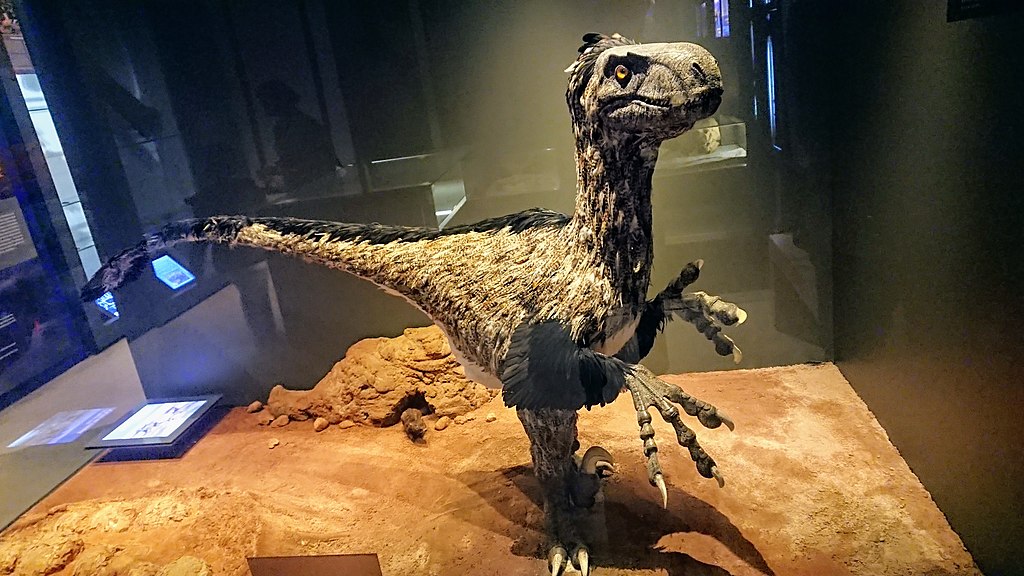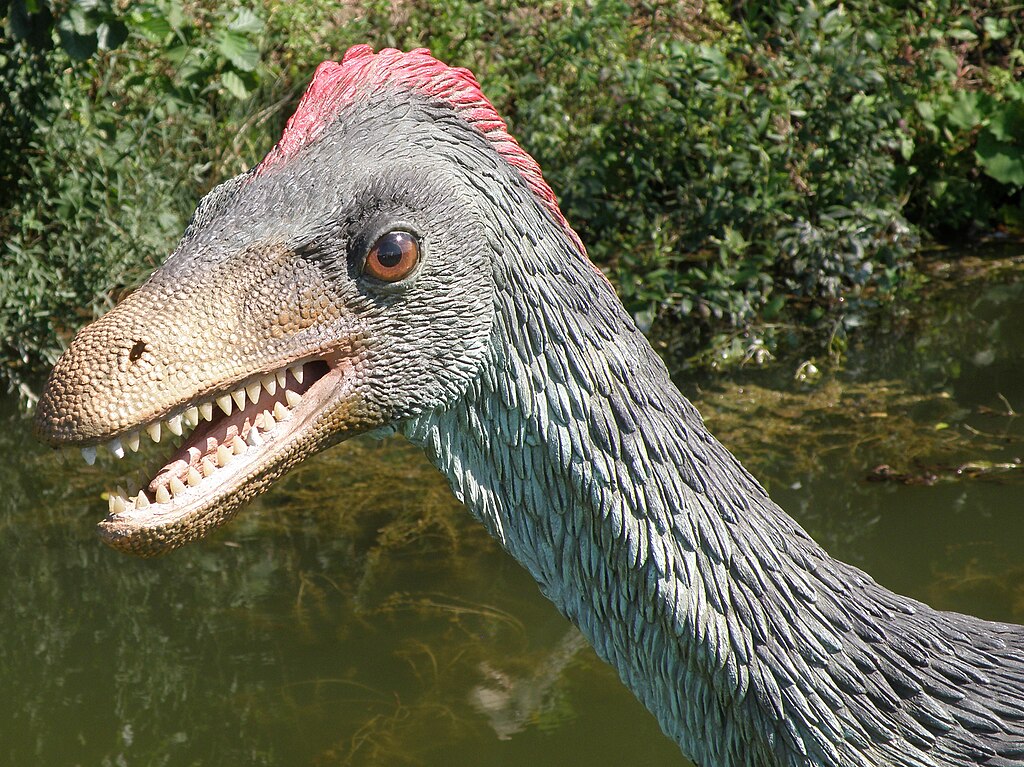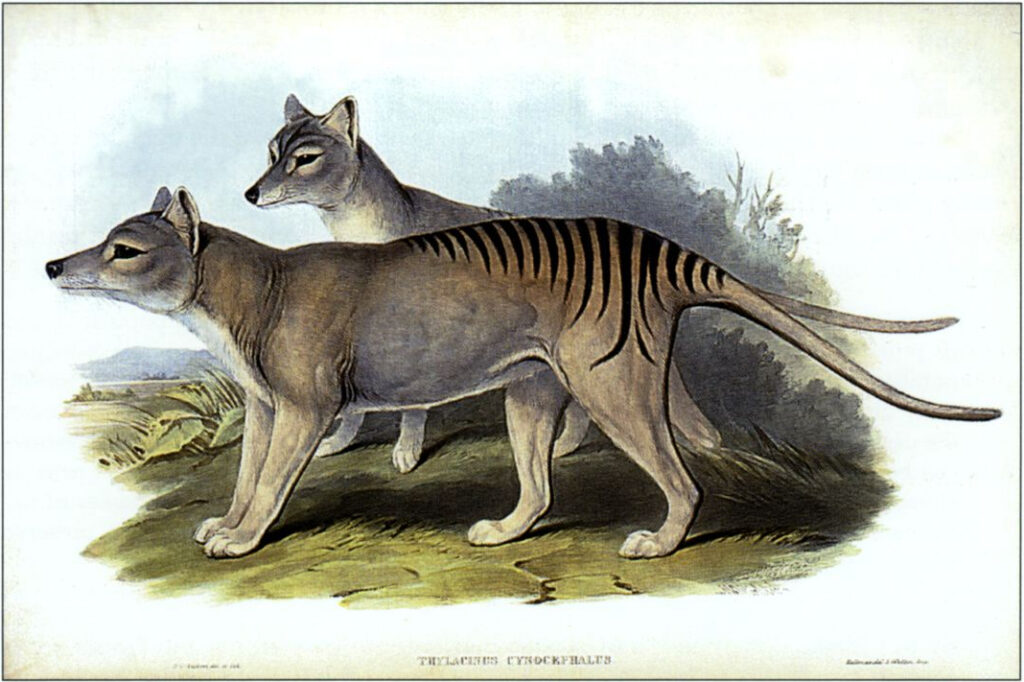Picture this: a small, feathered creature with sharp teeth and tiny arms pecking around your backyard, but instead of laying eggs for breakfast, it’s hunting prey like its ancient ancestors did 66 million years ago. This isn’t science fiction anymore—it’s the audacious goal of paleontologist Jack Horner and his team of researchers who believe they can reverse-engineer a dinosaur from a chicken. The concept has captured imaginations worldwide, but can modern science actually turn back the evolutionary clock and resurrect these prehistoric giants?
The Evolutionary Bridge Between Birds and Dinosaurs
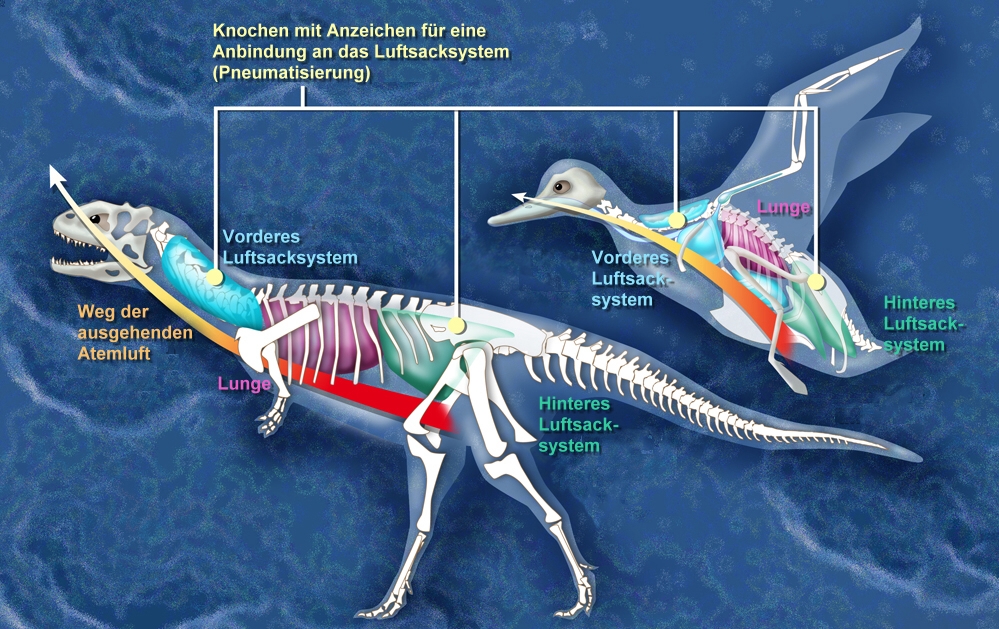
The connection between modern birds and dinosaurs isn’t just a theory—it’s one of the most well-documented evolutionary relationships in science. Every time you watch a chicken strut across a farmyard, you’re witnessing a living dinosaur in action. The evidence is overwhelming: hollow bones, wishbones, brooding behavior, and even the way birds move their heads while walking all trace back to their theropod ancestors.
Paleontologists have discovered fossils of feathered dinosaurs like Sinosauropteryx and Archaeopteryx that blur the line between reptile and bird. These creatures possessed a mix of dinosaur and bird characteristics, showing us that the transition wasn’t sudden but gradual. Modern genetic analysis has revealed that birds retain many dormant dinosaur genes, locked away in their DNA like a prehistoric time capsule waiting to be reopened.
Meet the Chickenosaurus Project
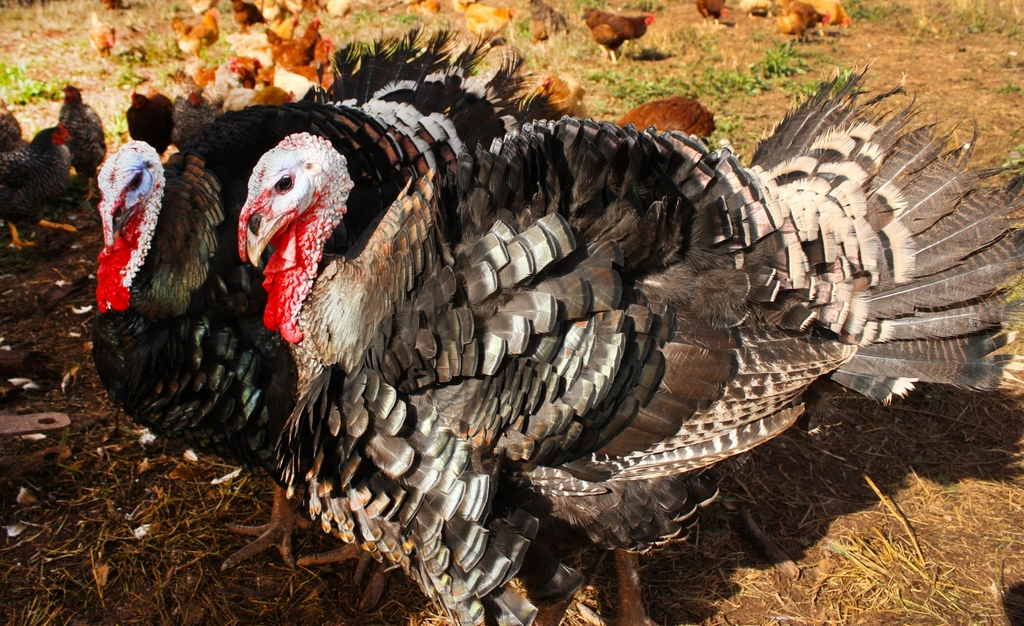
Jack Horner, the real-life paleontologist who inspired the character in Jurassic Park, isn’t interested in extracting DNA from amber like in the movies. Instead, he’s pioneering a revolutionary approach called “reverse evolution” or “atavism activation.” The Chickenosaurus project aims to reactivate dormant genes in chicken embryos to restore dinosaur-like features such as teeth, tails, and arm-like forelimbs.
This isn’t about creating a full-sized T. rex, but rather about understanding how evolution works by reversing some of its steps. Horner believes that by switching certain genes on and off during chicken development, scientists can create creatures that look and behave more like their dinosaur ancestors. The project represents a fascinating intersection of paleontology, genetics, and developmental biology.
The Science Behind Genetic Reverse Engineering
The key to the Chickenosaurus lies in understanding how genes control development. During embryonic development, certain genes are activated or suppressed to create different body parts. Over millions of years, some dinosaur genes in birds became dormant rather than disappearing entirely. Scientists can potentially reactivate these sleeping genes using advanced genetic techniques.
CRISPR gene editing technology has made this concept more feasible than ever before. By precisely targeting specific genetic sequences, researchers can theoretically flip the switches that control traits like tail length, tooth development, and limb structure. It’s like having a molecular time machine that can dial back evolutionary changes one gene at a time.
The process involves identifying which genes control specific dinosaur-like features and then finding ways to reactivate them during critical developmental stages. This requires an incredibly detailed understanding of both bird and dinosaur genetics, as well as the complex interactions between different genes during embryonic development.
Bringing Back the Dinosaur Tail
One of the most promising aspects of the Chickenosaurus project involves restoring the long tail that dinosaurs possessed. Modern birds have shortened their tails dramatically, with most tail vertebrae fused into a structure called the pygostyle. However, the genes for a longer tail still exist in bird DNA—they’re just turned off during development.
Scientists have already made progress in this area by manipulating developmental genes in chicken embryos. By altering the expression of certain Hox genes, researchers have successfully extended the tail region in laboratory experiments. These early results suggest that reactivating a dinosaur-like tail might be one of the more achievable goals of the project.
Restoring Teeth to Toothless Birds
Perhaps the most dramatic change would be bringing back teeth, which disappeared from bird lineages around 100 million years ago. While modern birds use beaks to process food, their dinosaur ancestors had rows of sharp teeth for tearing flesh and crushing bones. The genetic machinery for tooth development still exists in birds, hidden beneath layers of evolutionary suppression.
Researchers have identified several genes responsible for tooth development in reptiles and mammals, and some of these same genes exist in birds. By reactivating pathways like the Wnt signaling cascade, scientists might be able to trigger tooth development in bird embryos. Early experiments have shown promising results, with some modified embryos developing tooth-like structures.
The challenge lies in ensuring these teeth develop properly and function correctly. It’s one thing to trigger tooth growth, but creating a functional set of dinosaur teeth requires precise coordination of multiple genetic pathways and developmental processes.
The Challenge of Recreating Dinosaur Arms
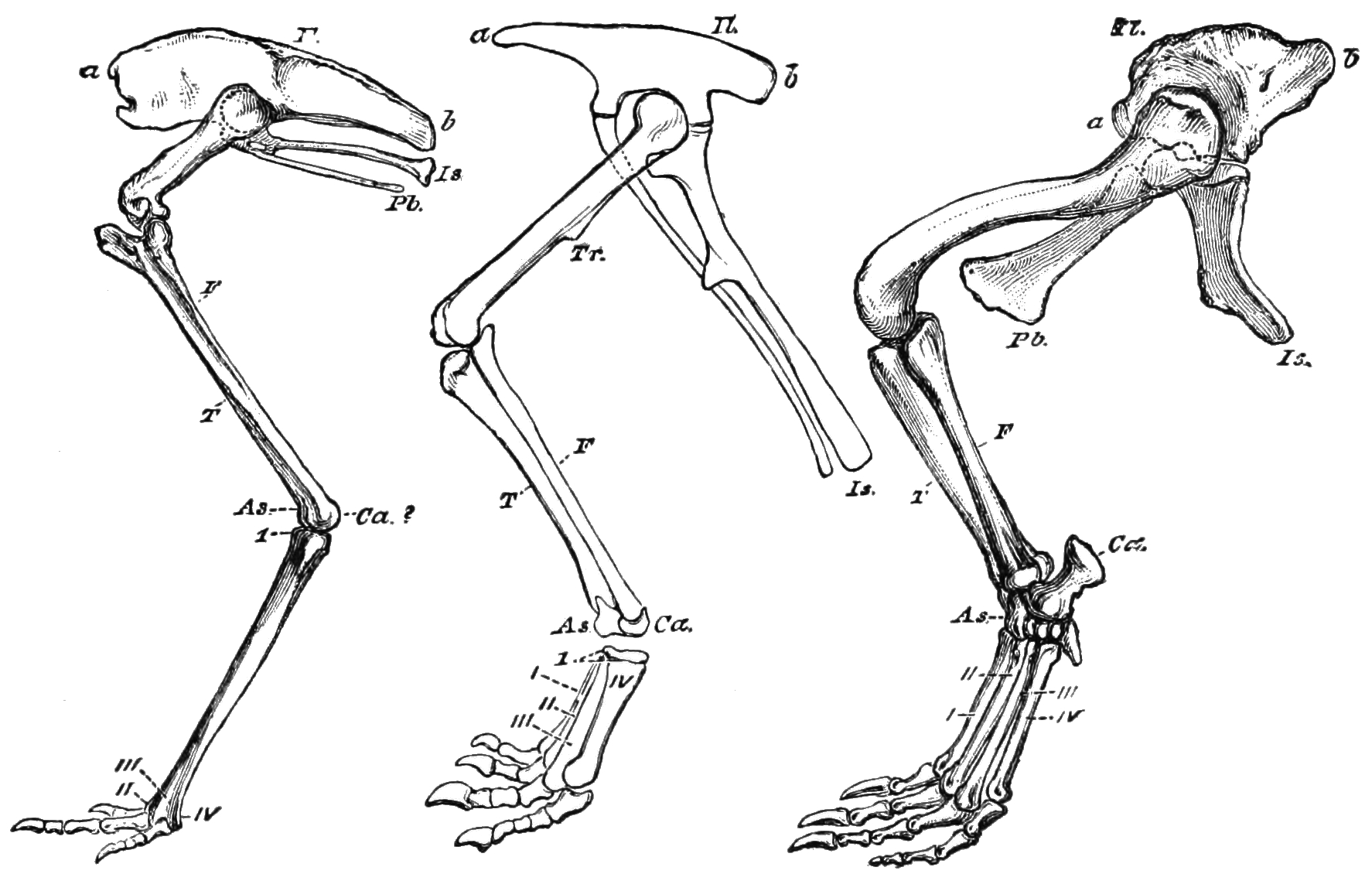
Modern birds have wings optimized for flight, but many dinosaurs had powerful arms with clawed hands for grasping prey and manipulating objects. Transforming wings back into arms represents one of the most complex challenges of the Chickenosaurus project. The bone structure, muscle attachments, and nervous system would all need to be dramatically altered.
The forelimb development in vertebrates is controlled by a complex network of genes, including the famous Hox genes that determine body plan organization. Scientists would need to reactivate genes that promote finger development while suppressing those that create flight feathers and wing structures. This delicate balance requires an understanding of developmental biology that’s still being refined.
Feathers vs. Scales: The Skin Game
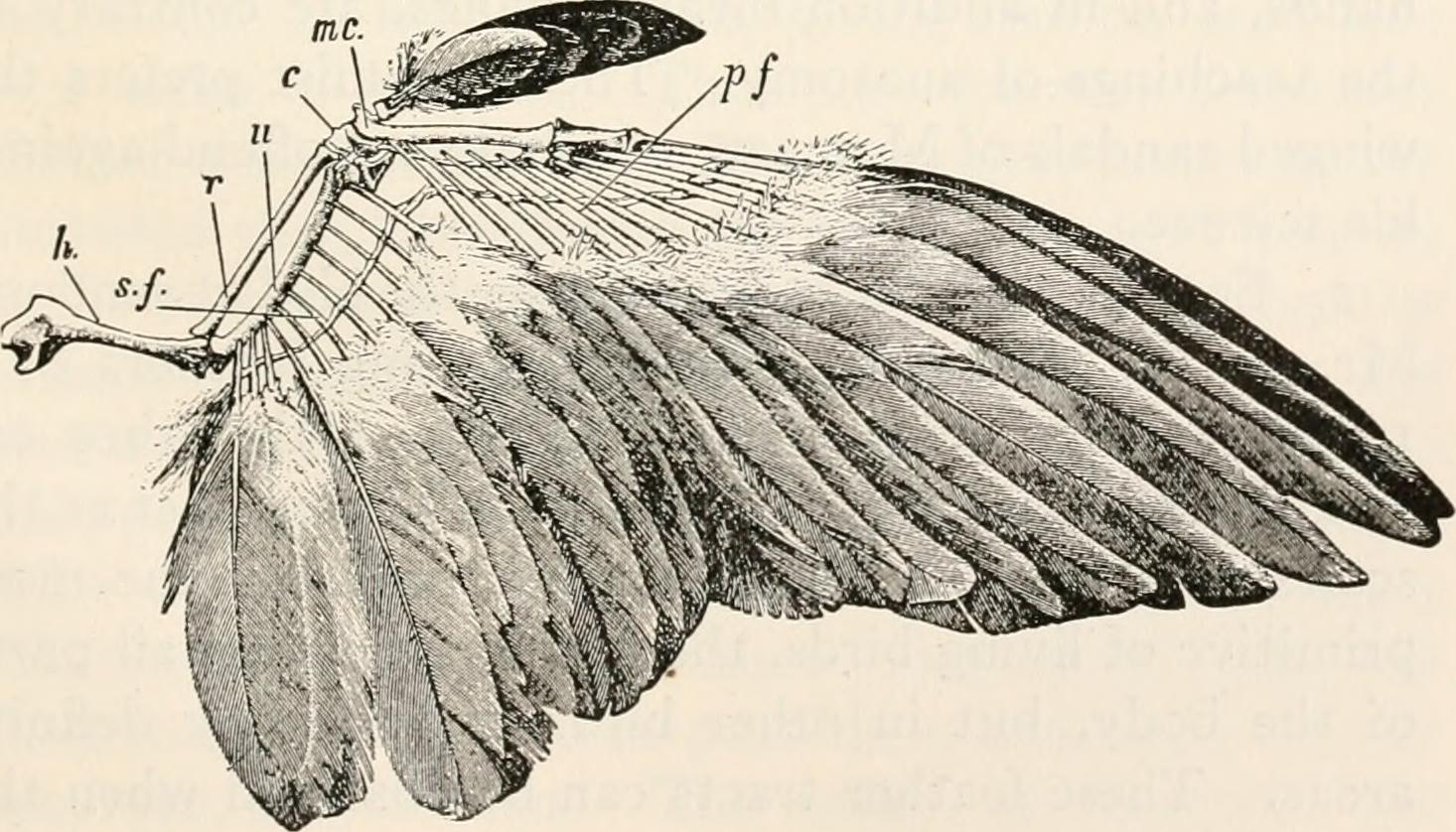
While many dinosaurs had feathers, they were quite different from modern bird feathers. Early dinosaur feathers were more like fuzzy down or simple filaments, used for insulation and display rather than flight. Some dinosaurs also retained scales on certain parts of their bodies, creating a mixed covering that modern birds have largely abandoned.
The genetic control of feather development involves multiple signaling pathways, including the Wnt, BMP, and Sonic hedgehog pathways. By manipulating these pathways, scientists might be able to create dinosaur-like feathers or even restore scale development in certain body regions. This could result in creatures with a more reptilian appearance while maintaining some bird-like characteristics.
Behavioral Genetics and Dinosaur Instincts
Creating a creature that looks like a dinosaur is one thing, but what about behavior? Many dinosaur behaviors might be encoded in genetic pathways that still exist in birds. Hunting instincts, territorial behavior, and social structures could potentially be influenced by reactivating dormant genetic programs.
Birds already display many behaviors that mirror their dinosaur ancestors, from the way raptors hunt to the complex social dynamics of flocking species. By studying these behaviors and their genetic basis, scientists might be able to enhance dinosaur-like traits in their reverse-engineered creatures. However, behavior is incredibly complex and influenced by both genetics and environment.
Ethical Considerations and Frankenstein Fears
The Chickenosaurus project raises profound ethical questions about the limits of scientific manipulation. Critics argue that creating hybrid creatures could lead to suffering, as these animals might not fit properly into any ecological niche. There are also concerns about the potential for these experiments to go wrong, creating creatures that are neither fully bird nor dinosaur.
Animal welfare advocates worry about the embryos used in these experiments, many of which don’t survive to hatching. The few that do survive might face physical challenges or health problems related to their altered genetics. These ethical concerns have led to intense debate within the scientific community about the boundaries of acceptable research.
Some scientists argue that the knowledge gained from these experiments could lead to important advances in developmental biology and genetic medicine. Others question whether the scientific benefits justify the potential risks and ethical concerns involved in creating these hybrid creatures.
Technical Hurdles and Scientific Roadblocks
Despite the excitement surrounding the Chickenosaurus project, numerous technical challenges remain. The complexity of genetic interactions means that changing one trait often affects others in unexpected ways. Creating a creature with dinosaur teeth, tail, and arms while maintaining basic bird physiology requires an understanding of genetics that may be beyond current capabilities.
Developmental biology is incredibly complex, with genes interacting in networks that scientists are still working to understand. A change in one gene can cascade through multiple developmental pathways, potentially causing unintended consequences. The timing of gene activation is also crucial—turning on the wrong gene at the wrong time could be lethal to the developing embryo.
Current Progress and Real Laboratory Results

While the full Chickenosaurus remains elusive, researchers have made significant progress in individual areas. Scientists have successfully modified chicken embryos to develop longer tails, tooth-like structures, and altered beak shapes. These experiments provide proof-of-concept that reverse evolution is possible, even if a complete dinosaur remains out of reach.
The University of Montana, where Jack Horner conducted much of his research, has become a hub for this type of experimental work. Other institutions worldwide are also exploring similar approaches, contributing to a growing body of knowledge about evolutionary development. Each small success brings scientists closer to understanding how evolution shapes living creatures.
Recent advances in CRISPR technology have made genetic modifications more precise and efficient. What once required months of work can now be accomplished in weeks, accelerating the pace of research. However, precision doesn’t eliminate the fundamental challenges of coordinating multiple genetic changes simultaneously.
The Reality Check: Why We’re Not There Yet
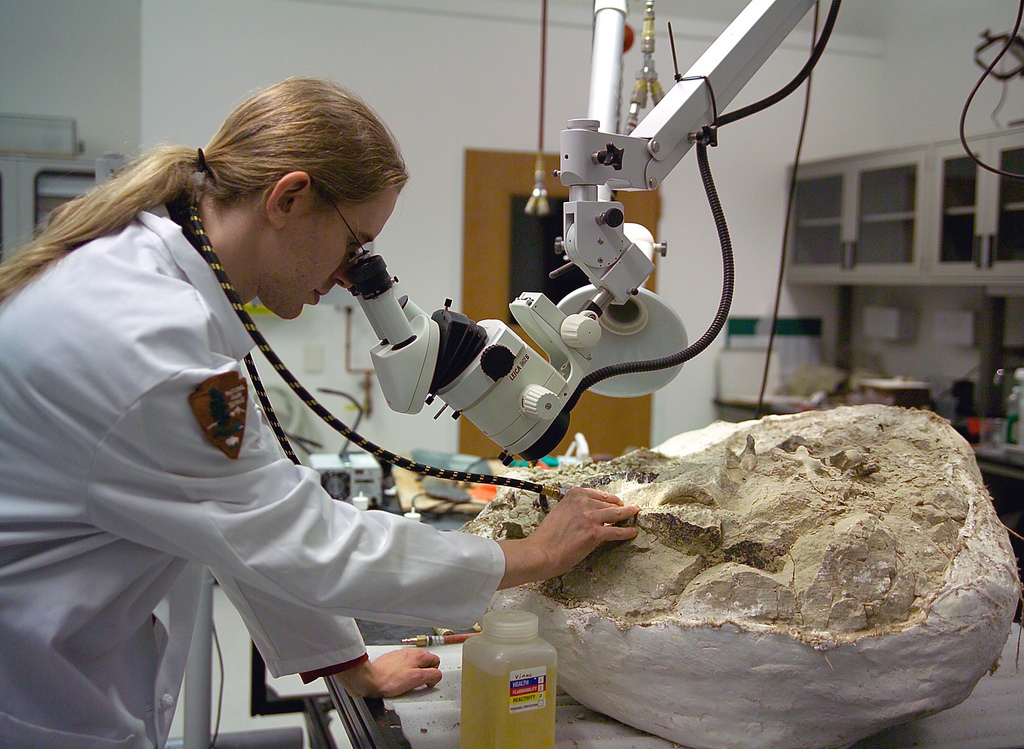
Despite the media hype and scientific progress, creating a true Chickenosaurus remains a distant goal. The technical challenges are immense, the ethical concerns are significant, and the scientific understanding required is still incomplete. Most experts believe that while individual dinosaur traits can be restored, creating a fully functional dinosaur-like creature is beyond current capabilities.
The gap between modifying single traits and creating a complete organism is enormous. Evolution spent millions of years fine-tuning the intricate balance of genes, development, and physiology that makes each species viable. Attempting to reverse this process artificially requires a level of precision and understanding that science hasn’t yet achieved.
Alternative Approaches and Future Possibilities
While the Chickenosaurus project represents one approach to dinosaur recreation, other scientists are exploring different methods. Some researchers are focusing on de-extinction efforts for more recently extinct species, which might provide insights applicable to dinosaur research. Others are studying dinosaur fossils to better understand their genetics and development.
Advanced computational modeling and artificial intelligence are also playing larger roles in genetic research. These tools might help scientists predict the complex interactions between genes and development, making reverse evolution more feasible. As our understanding of genetics and development improves, previously impossible goals might become achievable.
The future might hold surprises we can’t currently imagine. New technologies, better understanding of genetics, and innovative approaches could make the Chickenosaurus dream a reality. However, these advances will likely take decades or even centuries to achieve, if they’re possible at all.
The Bigger Picture: What This Research Really Means
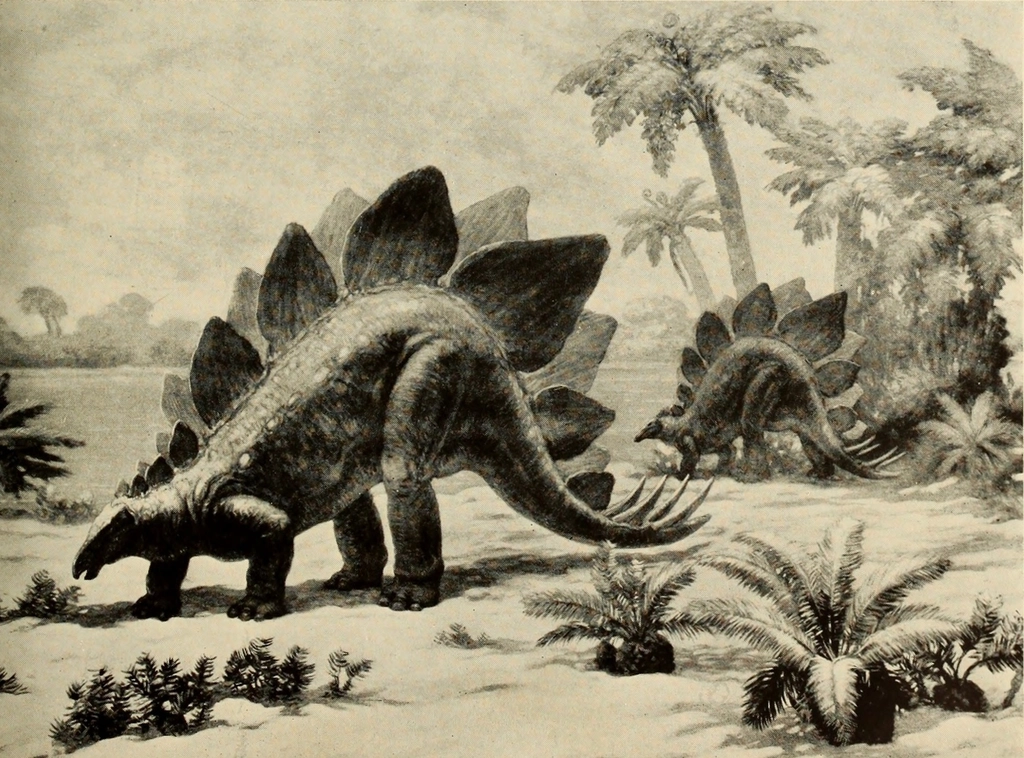
The Chickenosaurus project represents more than just an attempt to recreate dinosaurs—it’s a window into the fundamental processes of evolution and development. By understanding how to reverse evolutionary changes, scientists gain insights into how life adapts and changes over time. This knowledge could revolutionize our understanding of genetics, development, and evolution itself.
The research also highlights the incredible continuity of life on Earth. The fact that dinosaur genes still exist in modern birds demonstrates that evolution doesn’t erase the past but builds upon it. Every living creature carries the genetic history of its ancestors, locked away in DNA sequences that tell the story of life’s journey through time.
Whether or not scientists ever create a true Chickenosaurus, the journey itself is expanding the boundaries of what’s possible in genetics and developmental biology. These advances could lead to breakthroughs in medicine, agriculture, and conservation that benefit humanity in ways we’re only beginning to imagine. The prehistoric past might just hold the key to understanding our genetic future.

